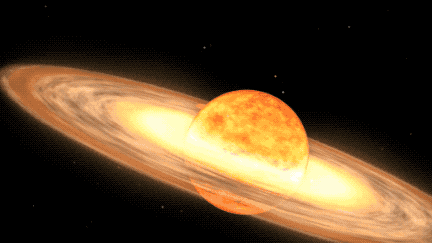- Joined
- Feb 16, 2022
- Messages
- 1,817
- Reaction score
- 844
I really hope I get to live to 120ish years old. I missed the aurora borealis and this is something I don't want to miss. Once every eighty years.
I really hope I get to live to 120ish years old. I missed the aurora borealis and this is something I don't want to miss. Once every eighty years.
Don't worry. If your 'luck' is like mine. You are going to miss it. Even if it is meant to last for a week. The whole week will be cloudy or something.Noted on calendar! Don't want to miss it either. Thanks.
Don't jinx it!Don't worry. If your 'luck' is like mine. You are going to miss it. Even if it is meant to last for a week. The whole week will be cloudy or something.
I really hope I get to live to 120ish years old. I missed the aurora borealis and this is something I don't want to miss. Once every eighty years.

You don't need to wait ~120 years, you can see a nova this year in 2024.
Sometime between now and September 2024 the star T Coronae Borealis (T CrB) will nova. This nova occurs every 80 years and will have the same apparent brightness as Polaris, the current north star.

A rare nova ignites a 'new star' in the sky this year. Here's how to see it
A nova outburst visible to the naked eye is expected to decorate the night sky this year, offering a once-in-a-lifetime stargazing opportunity.www.space.com
Nova are able to deflagrate several times because they do not completely blow themselves apart when they ignite. They typically involve binary pairs, with a white dwarf and another less massive star entering its red giant phase. The two stars are in such close proximity that the less massive expanding star is transferring mass to the white dwarf.How does a star nova several times? I assume this nova is different from a Super-Nova.
